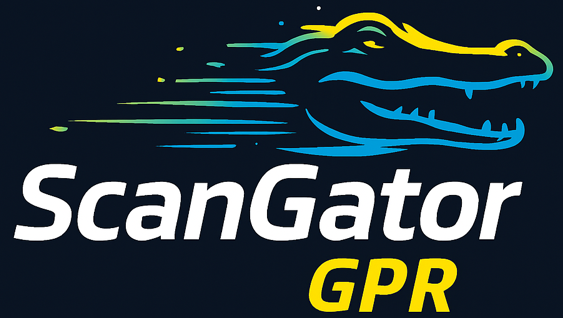Great! If you have specific questions or topics in mind that you’d like to address, feel free to share them, and we can help you formulate answers or provide additional information related to your products, services, and policies. If you’d like, we can also suggest some common Frequently Asked Questions that customers often ask. Let us know how you’d like to proceed!
Do we need to shut down the job site?
No, it is real-time usable information that can be performed without shutting down the job site.
For core drilling or saw cutting, your team can complete approximately 4 areas (2’x2′) per hour. This translates to about 32 square feet per hour, assuming each area is indeed 4 square feet.
For anchoring, if you can complete upwards of 100 points per day, that breaks down to about 8-12 points per hour, depending on the length of the workday (assuming an 8-10 hour workday).
If you need more specific calculations or further breakdowns, feel free to ask!
For core drilling or saw cutting, your team can complete approximately 4 areas (2’x2′) per hour. This translates to about 32 square feet per hour, assuming each area is indeed 4 square feet.
For anchoring, if you can complete upwards of 100 points per day, that breaks down to about 8-12 points per hour, depending on the length of the workday (assuming an 8-10 hour workday).
If you need more specific calculations or further breakdowns, feel free to ask!
If we can complete over 100 points daily and you typically work 8-10 hours, here’s a breakdown:
For an 8-hour workday:
100 points / 8 hours = 12.5 points per hour
100 points / 10 hours = 10 points per hour
For a 10-hour workday:
100 points / 10 hours = 10 points per hour
So, in the context of your statement, if we can achieve upwards of 100 points in one day, your productivity would range between approximately 10 to 12.5 points per hour, depending on the actual length of our workday.
If you have specific goals or tasks that contribute to these points, planning your time accordingly can help maintain productivity while ensuring that you meet your targets.
Can you identify PT cables and conduits?
Yes, PT cables and conduits can be distinguished from rebar.
How far in advance do we need to call ahead for service?
Typically we can have a technician out to your project within 24 hours. If there is an emergency scan needed, we can be out sooner if needed.
What is GPR Concrete Imaging?
GPR concrete imaging uses ground-penetrating radar technology to visualize and analyze the internal structures of concrete. GPR concrete imaging detects and maps features like rebar, post-tension cables, voids, and other embedded objects, helping engineers and construction professionals assess the condition and integrity of concrete structures.
How Do I Become a GPR Inspection Team Member?
Frequently Asked Questions

